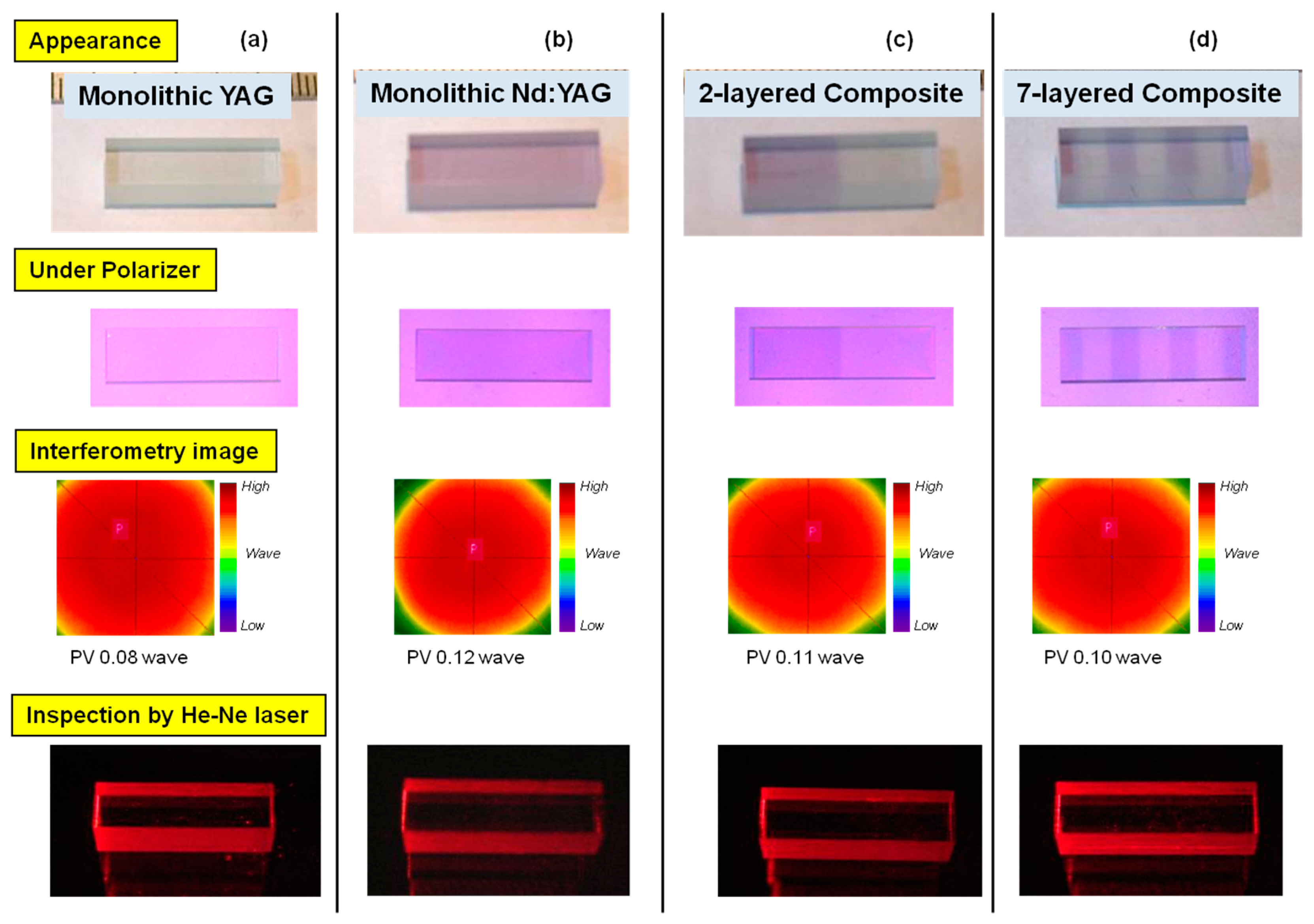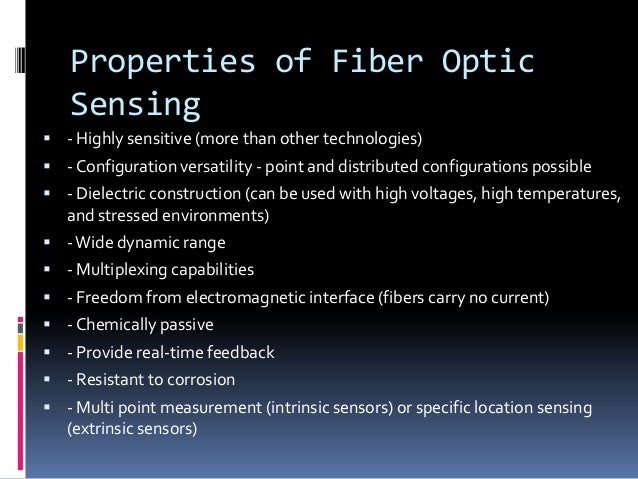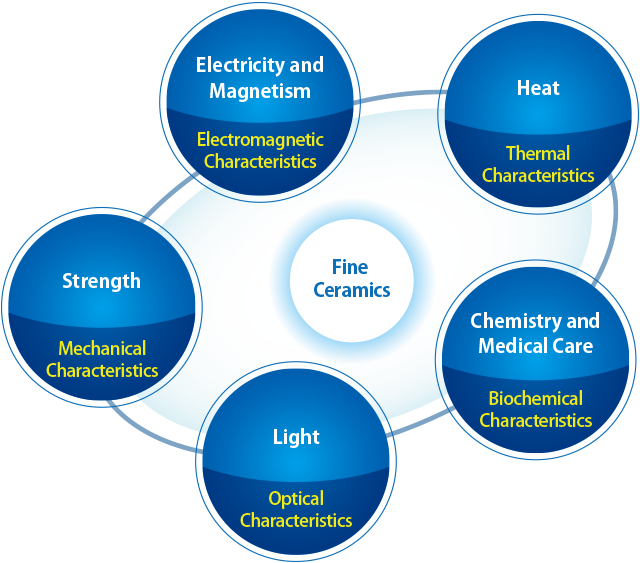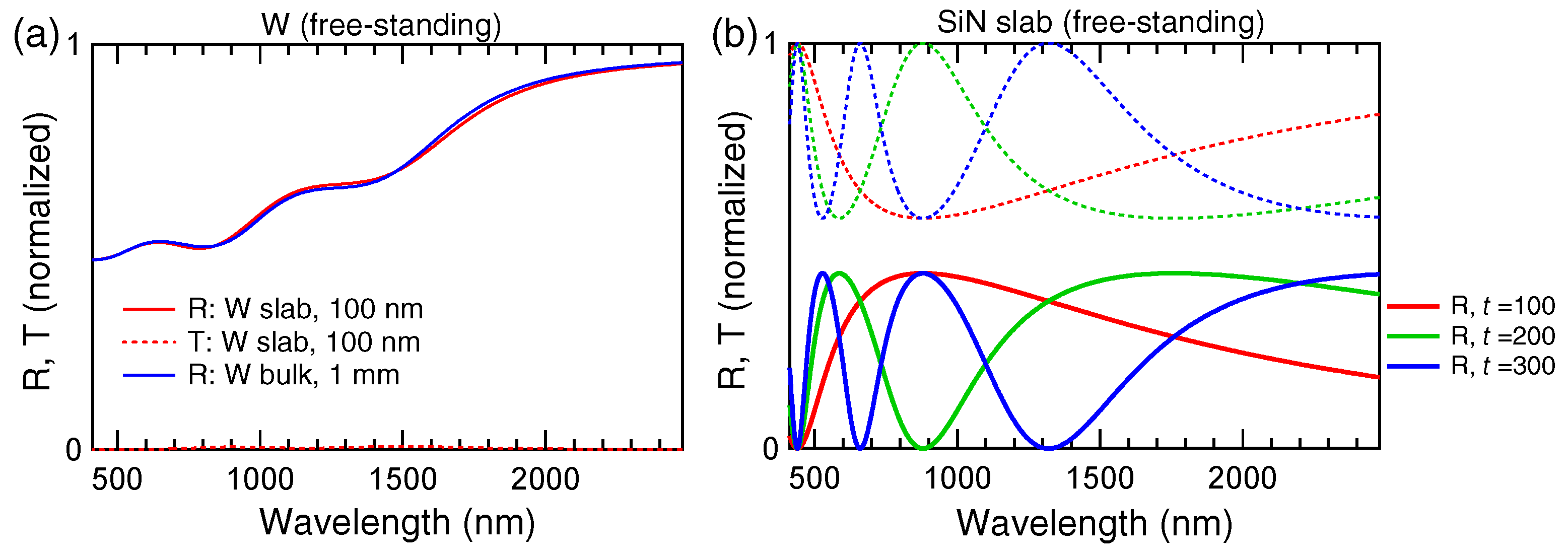Electromagnetic And Optical Properties Of Ceramics

Thus the optical impedance matching endowed the ceramics pyrolyzed at 1200 c with excellent em wave absorption properties.
Electromagnetic and optical properties of ceramics. Fine ceramics can be made translucent by minimizing pores and boundary elements after sintering and by increasing crystal size in order to reduce boundary interfaces. Light has electromagnetic waves infrared radiation etc. Besides the excellent high temperature mechanical properties si 3 n 4 and sic based ceramics containing insulating or electrically conductive phase are attractive for their tunable dielectric properties which may vary from electromagnetic em wave transparent to absorption and shielding. 3 12 13 14 15 up to now several ceramic based materials with both excellent mechanical properties e g flexural strength 4200 mpa and em shielding performance se t in the range of 20 40.
Optical properties of ceramics6snell principal. Consequently sic si 3 n 4 sion sibn sibc sicn and sibcn ceramics have attracted extensive interest. The material with good optical property has an increasing need in the military field as they have high strength and have the capacity to transmit light. The yttria magnesia binary system is an ideal model system for nanocomposite formation.
Translucent is the major optical property in ceramics. Xiaogu huang yunke zhang xiaolong li mingji zhang electromagnetic loss mechanisms in antimony doped tin oxide and reduced graphene oxide multilayer films ceramics international 10 1016 j ceramint 2019 12 148 2019. The assemblage of grains of various shapes and sizes together with the potential presence of porosity and secondary phases constitute the ceramic microstructure. Optical properties fine ceramics are sintered materials consisting of microscopic crystal particles separated by boundary elements.
Prior to the work done at raytheon optical properties in nanocomposite ceramic materials had received little attention. Doping transition metal elements in a crystal causes distortion and defects in the lattice structure which change the electronic structure and magnet. Their studies clearly demonstrated near theoretical transmission in nanocomposite optical ceramics for the first time. These materials are used in the field of transparent armour high speed missiles.


















